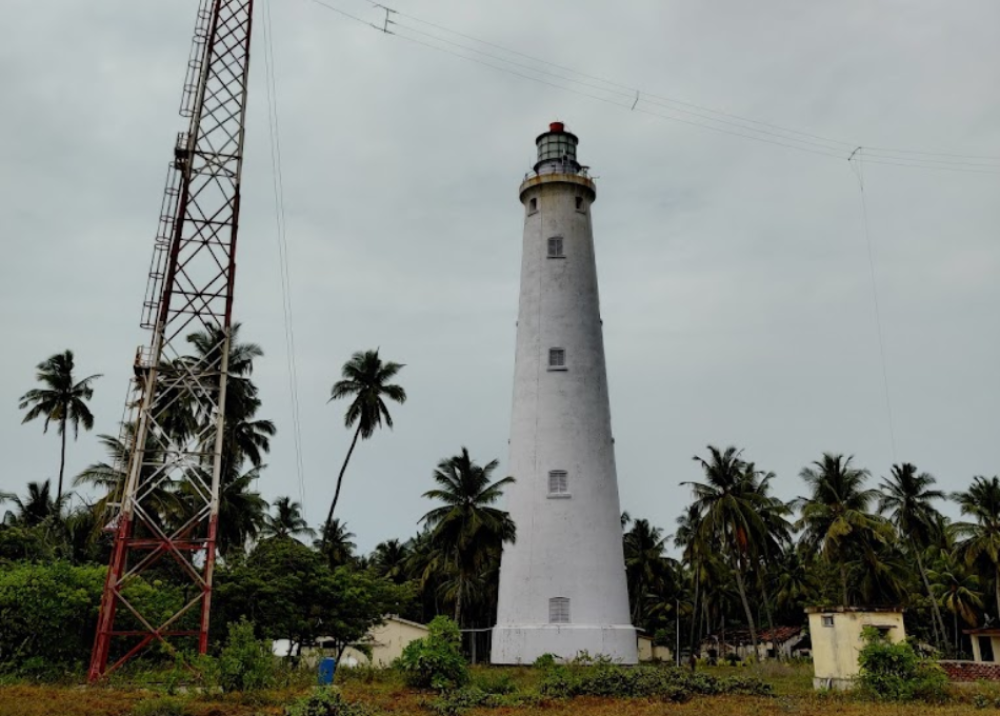

Situated on the serene Agatti Island in the Union Territory of Lakshadweep, India, the Agatti Island Lighthouse stands as a beacon of navigation and a symbol of the picturesque beauty that the island has to offer. Lakshadweep, known for its spectacular tropical islands, crystal clear waters, and diverse marine life, has been a secret paradise for travelers seeking solitude and an unspoiled natural environment.
The history of tourism in Lakshadweep is relatively young. The Agatti Island Lighthouse itself was established in the latter part of the 20th century, becoming operational on 4th April 1987. Since then, it has not only helped in maritime navigation but also attracted a steady flow of tourists intrigued by the charm of Lakshadweep's remote islands. Visitors to the lighthouse can enjoy a panoramic view of the entire island and the surrounding azure waters of the Arabian Sea.
The emergence of Agatti Island as a tourist destination has been gradual, with the government and local communities working together to promote eco-friendly tourism. Conscious efforts to preserve the delicate marine ecosystem have been a priority, thus shaping a model of tourism that is sustainable and enriching for both travelers and the environment.
The beauty of the Agatti Island Lighthouse and its promise of an untouched paradise continue to draw tourists from all over the world. The blend of natural splendor, cultural richness, and sustainable tourism practices make Agatti Island a glittering jewel in India's crown of tourist destinations.
With an increasing number of travelers becoming aware of their environmental footprint, the future of tourism on Agatti Island seems to be one that aligns closely with ecological preservation. It is hoped that as tourism progresses, the principles of responsible travel will remain at the core to ensure that Agatti Island, along with its lighthouse, will be a source of wonder for generations to come.